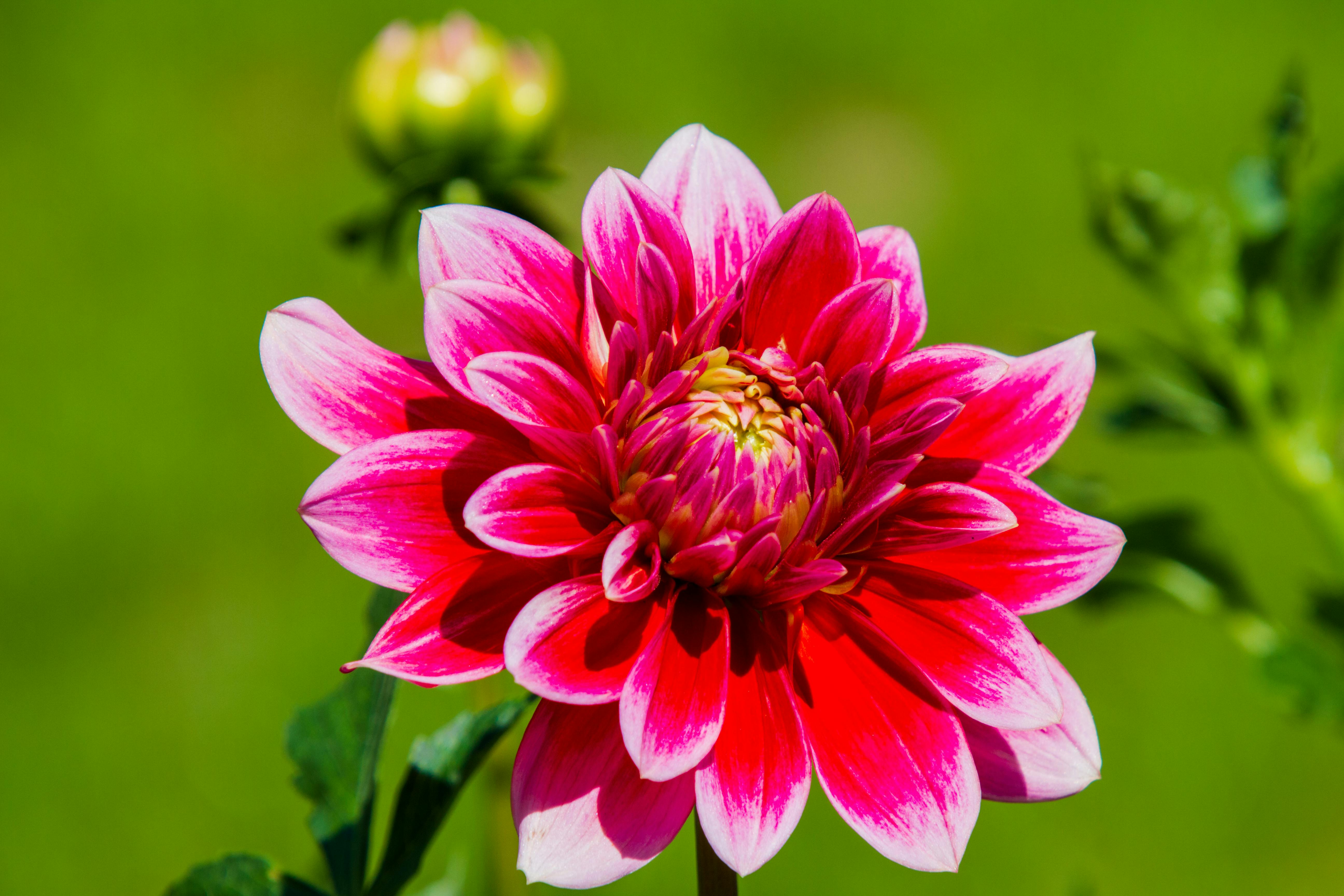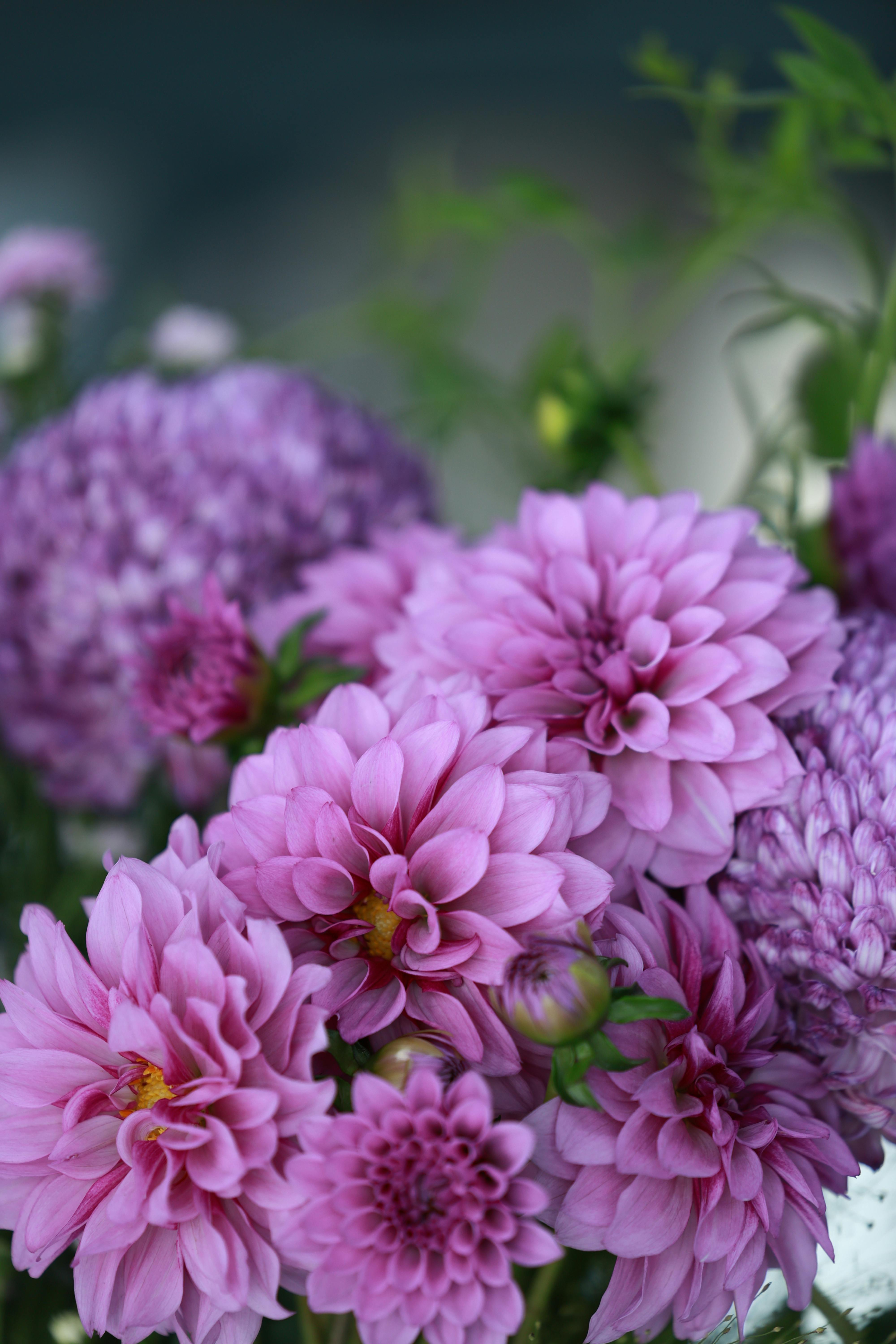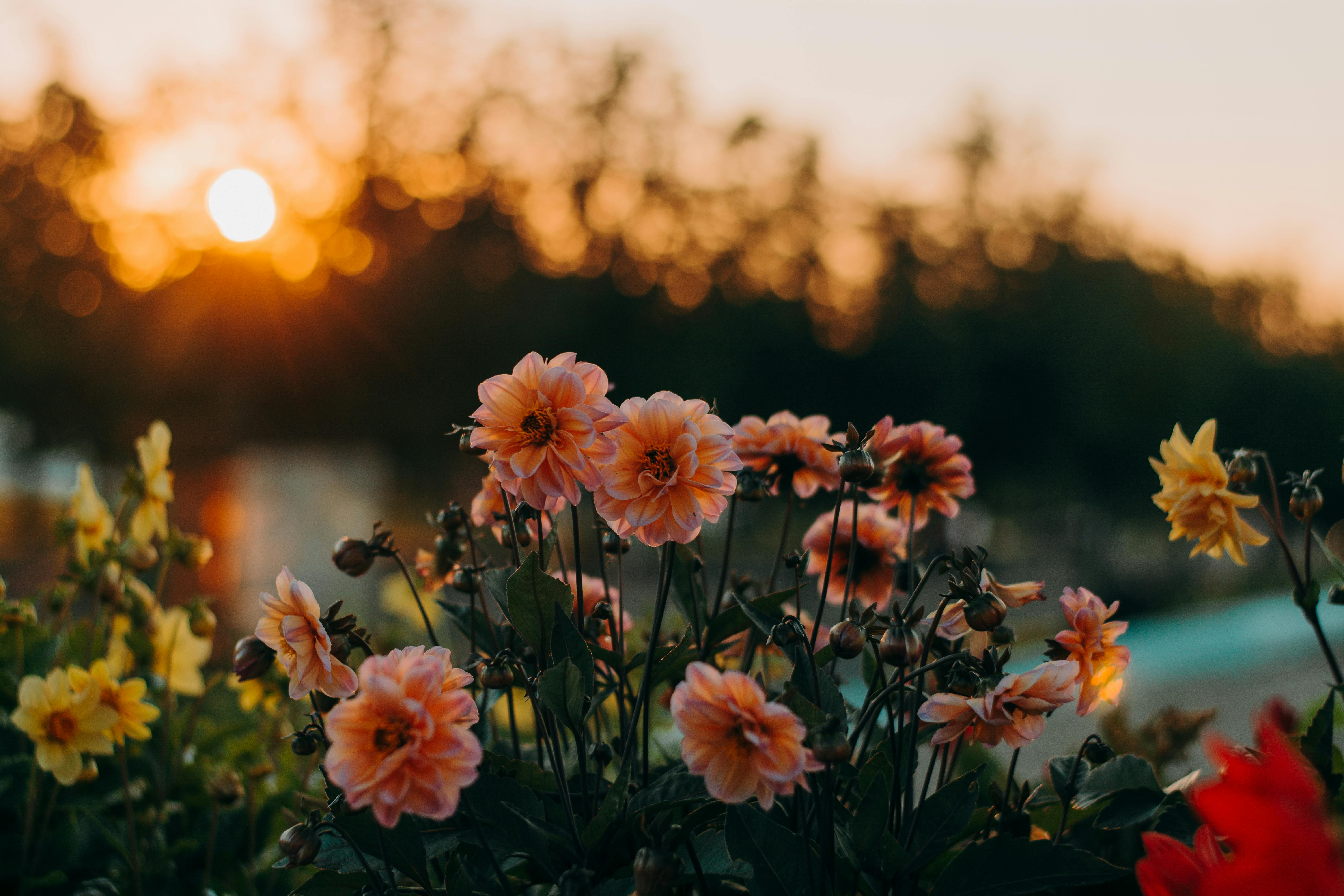Orsett Beauty Dahlia: A Comprehensive Guide to Its Beauty and Cultivation
The Orsett Beauty Dahlia is a captivating flower that stands out for its vibrant colors and striking shape. Known for its beauty, it has become a favorite among garden enthusiasts and florists alike. In this article, we will dive deep into the unique features of the Orsett Beauty Dahlia, providing you with everything you need to know—from cultivation to advanced care techniques. Whether you’re a seasoned gardener or just starting, this guide will offer practical insights to help you grow and appreciate this stunning flower.

Understanding the Fundamentals
The Orsett Beauty Dahlia is one of the most beautiful and sought-after varieties of dahlias. It features large, vibrant flowers with an intricate petal structure, making it a standout choice for floral arrangements and garden displays. To properly appreciate and cultivate this flower, it’s essential to understand its basic requirements, growth habits, and the care it needs to thrive.
Native to Mexico, dahlias have a long history of cultivation and have been refined over centuries to produce many different varieties, including the Orsett Beauty. This variety is known for its rich color palette, which ranges from soft pastels to deep, bold hues, and its large, rounded flowers that often reach up to 10 inches in diameter.
1.1 The Origin of Orsett Beauty Dahlia
The Orsett Beauty Dahlia originated from the famous dahlia breeding programs in the United Kingdom, named after the town of Orsett in Essex. This variety was developed for its exceptional beauty and resilience, making it suitable for both novice and experienced gardeners. Its hybrid lineage ensures that it thrives in various climates, especially in temperate zones.
The Orsett Beauty stands out due to its symmetrical petals, often found in a soft pink or purple shade with a contrasting center. This unique appearance makes it ideal for garden displays, floral arrangements, and as a cut flower.
1.2 Key Characteristics of the Orsett Beauty Dahlia
Unlike other dahlias, the Orsett Beauty is known for its sturdy stem, which allows it to hold its large blooms without drooping. The petals are rich in texture, with a soft, velvety feel. The flower typically grows to about 3-4 feet in height and is highly resistant to pests and diseases.
One of the main reasons for its popularity is its long blooming period. The Orsett Beauty Dahlia blooms from mid-summer to the first frost, providing continuous color in the garden for months.
Practical Implementation Guide

2.1 Actionable Steps
- Step 1: Choose the Right Location: Orsett Beauty Dahlias prefer full sun. Select a location that receives at least six hours of sunlight daily to encourage strong growth and vibrant blooms.
- Step 2: Soil Preparation: Dahlias thrive in well-drained, fertile soil. Mix organic compost into the soil to improve its texture and nutrient content. A slightly acidic to neutral pH level is ideal.
- Step 3: Planting: Plant the tubers 6-8 inches deep, ensuring that the growing points are facing up. Space them about 18-24 inches apart to allow adequate air circulation.
2.2 Overcoming Challenges
While the Orsett Beauty Dahlia is a hardy plant, there are a few challenges gardeners might face during cultivation. One common issue is poor bloom production, which may be caused by insufficient sunlight or overcrowded plants.
Another challenge is dealing with pests such as aphids and slugs. To prevent this, regularly inspect your dahlias and use organic pest control methods such as neem oil or diatomaceous earth. Additionally, staking the plants can prevent damage from wind and keep the flowers upright.
Advanced Applications
For those looking to take their dahlia cultivation to the next level, there are several advanced techniques that can enhance the growth and beauty of the Orsett Beauty Dahlia. These methods include proper pruning, advanced feeding techniques, and using the right companion plants.

3.1 Pruning and Deadheading
Pruning is an essential part of keeping your Orsett Beauty Dahlia healthy and vibrant. Regular deadheading, or removing spent flowers, encourages the plant to produce more blooms. Additionally, cutting back some of the side stems can help the main flower grow larger and more robust.
For best results, prune the dahlias when they reach about half their height. This ensures that energy is directed toward the primary blooms, rather than side shoots that may not develop fully.
3.2 Fertilizing and Feeding
Orsett Beauty Dahlias benefit from regular feeding to encourage lush growth and abundant blooms. Use a balanced fertilizer with equal amounts of nitrogen, phosphorus, and potassium. However, once the flowers start to develop, switch to a low-nitrogen fertilizer to prevent excessive foliage growth.
Additionally, organic fertilizers like compost or well-rotted manure can improve soil structure and provide long-term nutrients for the plant. Fertilize every 4-6 weeks during the growing season, especially if the plant is grown in containers.
Future Outlook
The future of dahlia cultivation looks bright, with many new hybrids being developed for greater resilience and more vibrant colors. The Orsett Beauty Dahlia continues to be a favorite among gardeners and florists, and future breeding programs may produce even more exciting variations of this already beautiful flower.
As climate change affects gardening practices, growers can expect to see dahlias adapted for a wider range of environments, from hot and dry regions to areas with more humid climates. With continued care and cultivation, the Orsett Beauty Dahlia will remain a staple in gardens for years to come.
Conclusion
The Orsett Beauty Dahlia is a flower that brings beauty, elegance, and color to any garden. By understanding its growth requirements, applying proper cultivation techniques, and embracing advanced care methods, you can ensure that this stunning flower thrives in your garden.
If you’re ready to start growing your own Orsett Beauty Dahlia, follow the actionable steps provided, and don’t be afraid to experiment with different techniques. With patience and care, your garden will be filled with the striking beauty of this remarkable flower.
Frequently Asked Questions
- Q: What is the best time to plant Orsett Beauty Dahlia? The best time to plant Orsett Beauty Dahlias is in late spring, after the last frost has passed, when the soil temperature is consistently warm.
- Q: How can I improve bloom production? Ensure your dahlia receives full sun, space the plants adequately, and feed them regularly with a balanced fertilizer to encourage abundant blooms.
- Q: How long does it take for Orsett Beauty Dahlia to bloom? Orsett Beauty Dahlia typically begins blooming around 8-12 weeks after planting, depending on growing conditions.
- Q: Are Orsett Beauty Dahlias resistant to pests? While they are somewhat resistant to pests, regular inspection and the use of organic pest control methods are recommended to keep aphids and slugs at bay.
- Q: How do I prevent my dahlias from drooping? Staking your dahlias as they grow can help support the tall stems and prevent drooping, especially in windy conditions.
- Q: How do I store dahlia tubers over winter? After the first frost, dig up the tubers, clean them, and store them in a cool, dry place for the winter. Ensure they are not exposed to moisture to prevent rot.
- Q: Can I grow Orsett Beauty Dahlia in containers? Yes, Orsett Beauty Dahlias can thrive in large containers. Just ensure they receive enough sunlight and are planted in well-draining soil.
